Portland, Oregon, Lead National Decile of Rental Vacancy Rates





 Email to a friend
Permalink
Email to a friend
Permalink
Saturday, January 30, 2016
GoLocalPDX News Team
According to a new report on the state of rental vacancies in the United States, the amount of vacancies nationally is dropping steadily. Leading that drop are the Rose City and the Beaver State, as Portland and Oregon are among the cities and states with the fewest vacancies.
According to the report released by Apartment List this week, based on data from the U.S. Census Bureau, rental vacancies in the U.S. have continued to decline significantly. The decrease in available apartments began with the recession in 2007, and was largely driven by a steady increase in the size of renter population, according to Apartment List.
In the fourth-quarter of 2015, the U.S rental vacancy rate was down to just 7 percent. The decline, which leaves 4.1 percent fewer apartments available since 2009, has driven up rents in Portland and Oregon and throughout the country.
Portland has the lowest supply of available apartments among large metropolitan areas, according to the rankings. Just 2.4 percent of apartments in the Rose City are vacant, according to Apartment List.
West Coast cities fill the list of metropolises with the fewest empty apartments. Los Angeles sits at number two on the list, with a vacancy rate of just 2.7 percent. Austin, Texas, San Francisco, California and Seattle, Washington fill out the rest of the top five, with vacancy rates of 3.4 percent, 3.5 percent and 3.9 percent, respectively.
Low inventory and high prices are driving the real estate market in all of Portland, according to Jan Caplener one of the owners of Portland’s Reality Trust.
“Right now, Portland especially, is the hottest you can have. There are way more sellers than buyers,” Caplener said. “Portland businesses are bringing a lot of people from other states. We are out of building lots for larger parcels and multifamily dwellings.”
The rise of the rental and apartment market is contributing to the decline of available homes as well. Arthur Nelson, an associate dean for Architecture and Planning for the University of Arizona, is an expert in real estate analysis. He said Portland has seen an increasing demand for upscale apartments from professionals and senior citizens who prefer renting to buying.
Unsurprisingly, the West also has a tight grip on the statewide vacancy rate. While Vermont has the lowest rate, with just 2.9 percent of rentals in the state currently available, Oregon is not far behind. It ranks second on the list, with a vacancy rate of 3.5. Washington was third on the list, with a vacancy rate of 3.8.
Related Slideshow: 5 Portland Neighborhoods Due for A Boom in 2016
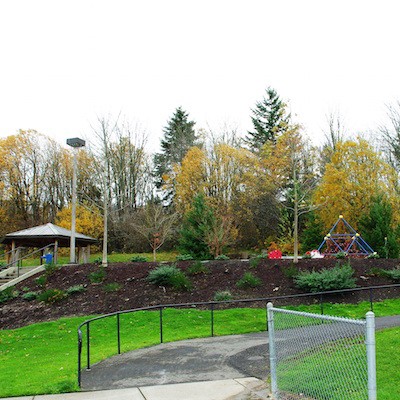
Prev
Next
Forest Heights/Bethany
This neighborhood should expect to see plenty of new resident in 2016, according to Milan Cole, one of the owners of JMA Properties, a Portland real estate brokerage.
“This area enjoys great schools, quiet family living, and reasonable commutes to the employment centers,” Cole said of the area. “The neighborhood also has quite a few larger parcels of land that can be subdivided and so this is one of the areas where large numbers of new homes are being built. I think the biggest challenge for the area is increased traffic congestion, such as on the 26 freeway to downtown.”
Image: Forest Heights Park via Wikimedia Commons
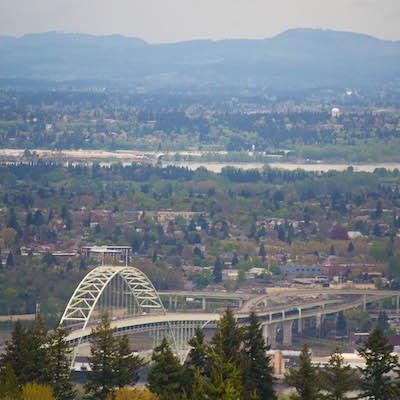
Prev
Next
Northeast
Chris Suarez, CEO of PDX Property Group, told GoLocal that he expects Northeast Portland to benefit from increased bike and rail transit options.
"People really value that walkability, that closeness to the city center," Suarez said. "Now with the addition of new MAX lines and all the bike transport, proximity to the urban core or middle of the city means different things for different people.”
Image: Northeast Portland via Wikimedia Commons
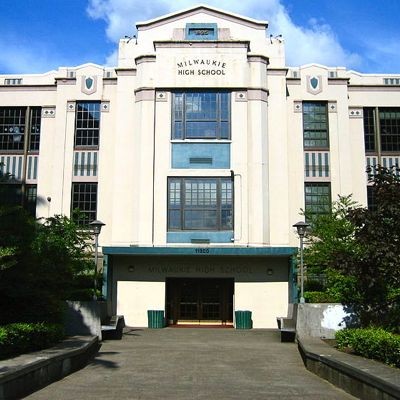
Prev
Next
Milwaukie
New transportation could bring commuters and other workers to the Milwaukie area, Suarez and Cole both told GoLocal.
"The new Max line is triggering a wave of development in downtown and northern Milwaukie," Cole said.
Image: Milwaukie High School
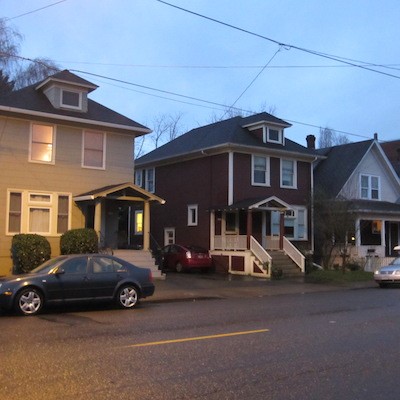
Prev
Next
Southeast
Suarez told GoLocal that the Southeast will soon see more and more residents and development as new transportation options make the area more desirable for commuters.
“There are pockets that haven’t been turned over,” Suarez said. “The one thing that could slow it down is finding a place for all of these people to live and that’s why you’re going to see more and more growth in certain neighborhoods.”
Image: Belmont Street in Southeast Portland via Wikimedia Commons
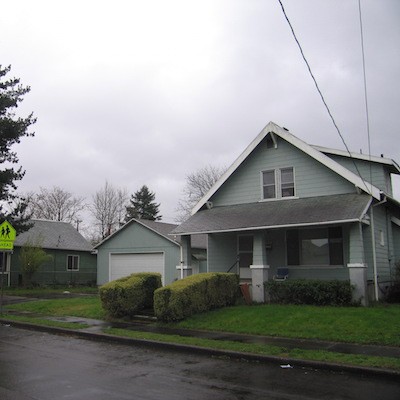
Prev
Next
Foster/ Powell
Cole told GoLocal that the old real estate adage "location, location, location," is proving true once again in the case of the Foster/ Powell neighborhood.
"Affordability and location is driving the growth of this area," Cole said. "The popularity of inner eastside neighborhoods and their increasingly high home prices is pushing gentrification further eastward and helping lift homes prices and redevelop commercial districts across the city, and many people still want to stay as close as they can to downtown."
Image: 78th Avenue in Foster-Powell via Wikimedia Commons
Related Articles
Enjoy this post? Share it with others.





 Email to a friend
Permalink
Email to a friend
Permalink
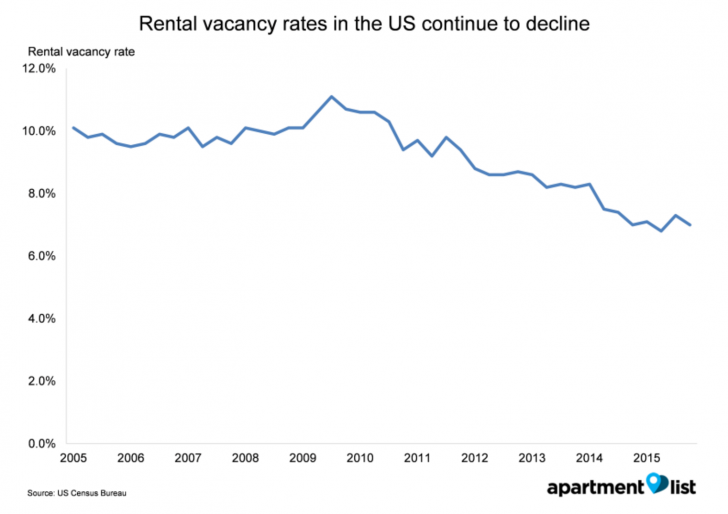
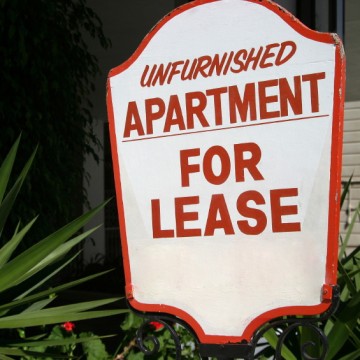














Follow us on Pinterest Google + Facebook Twitter See It Read It